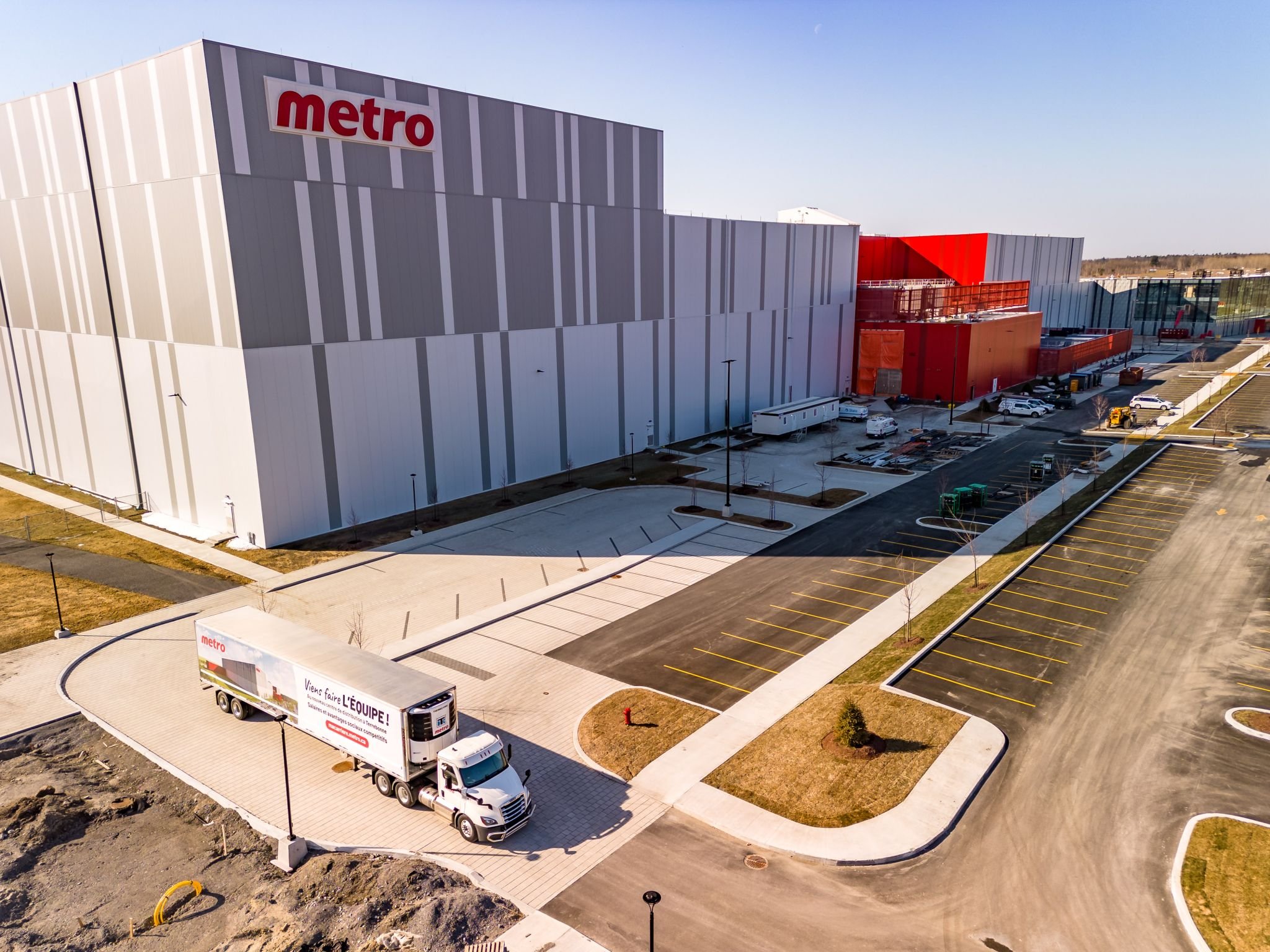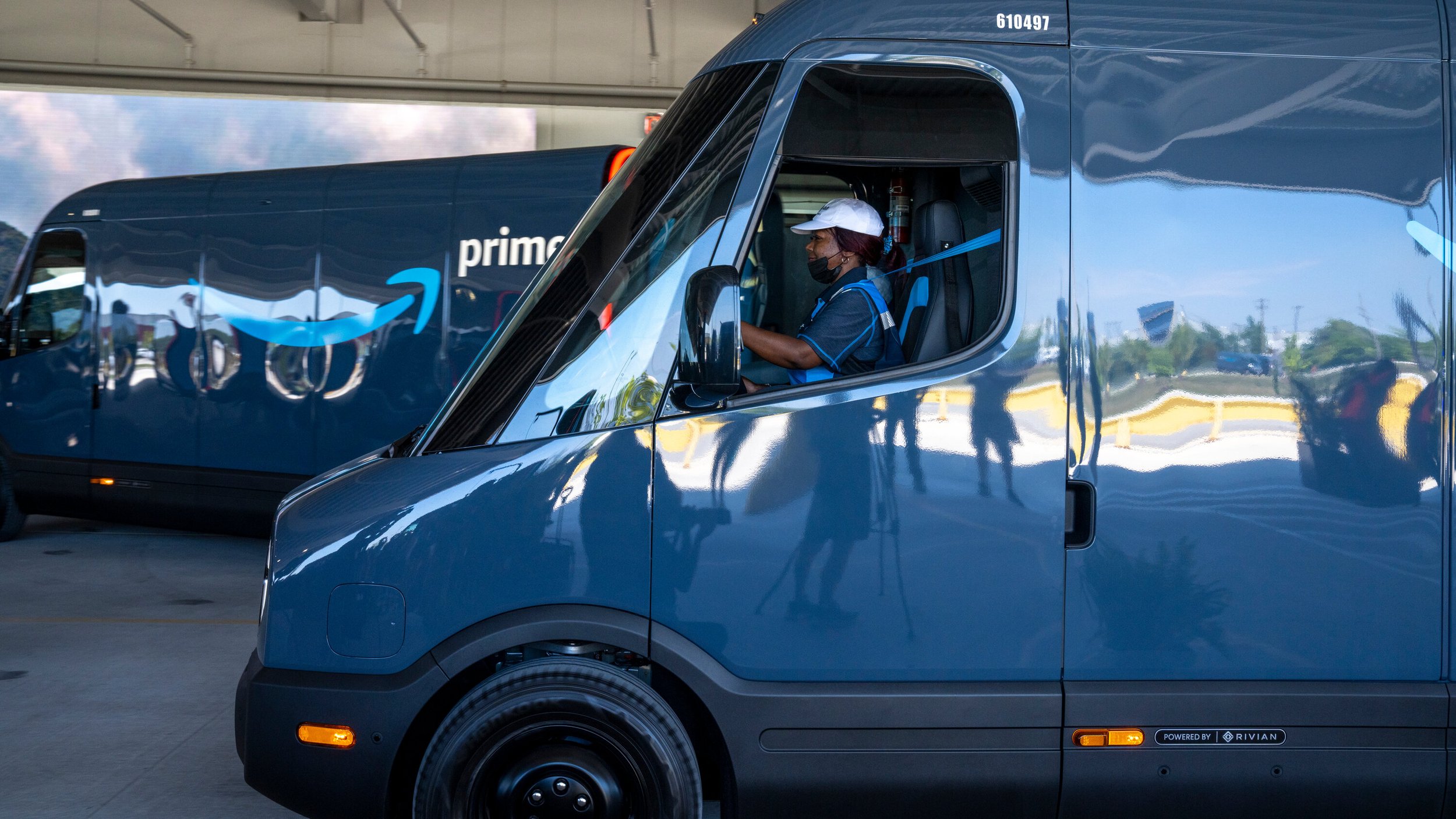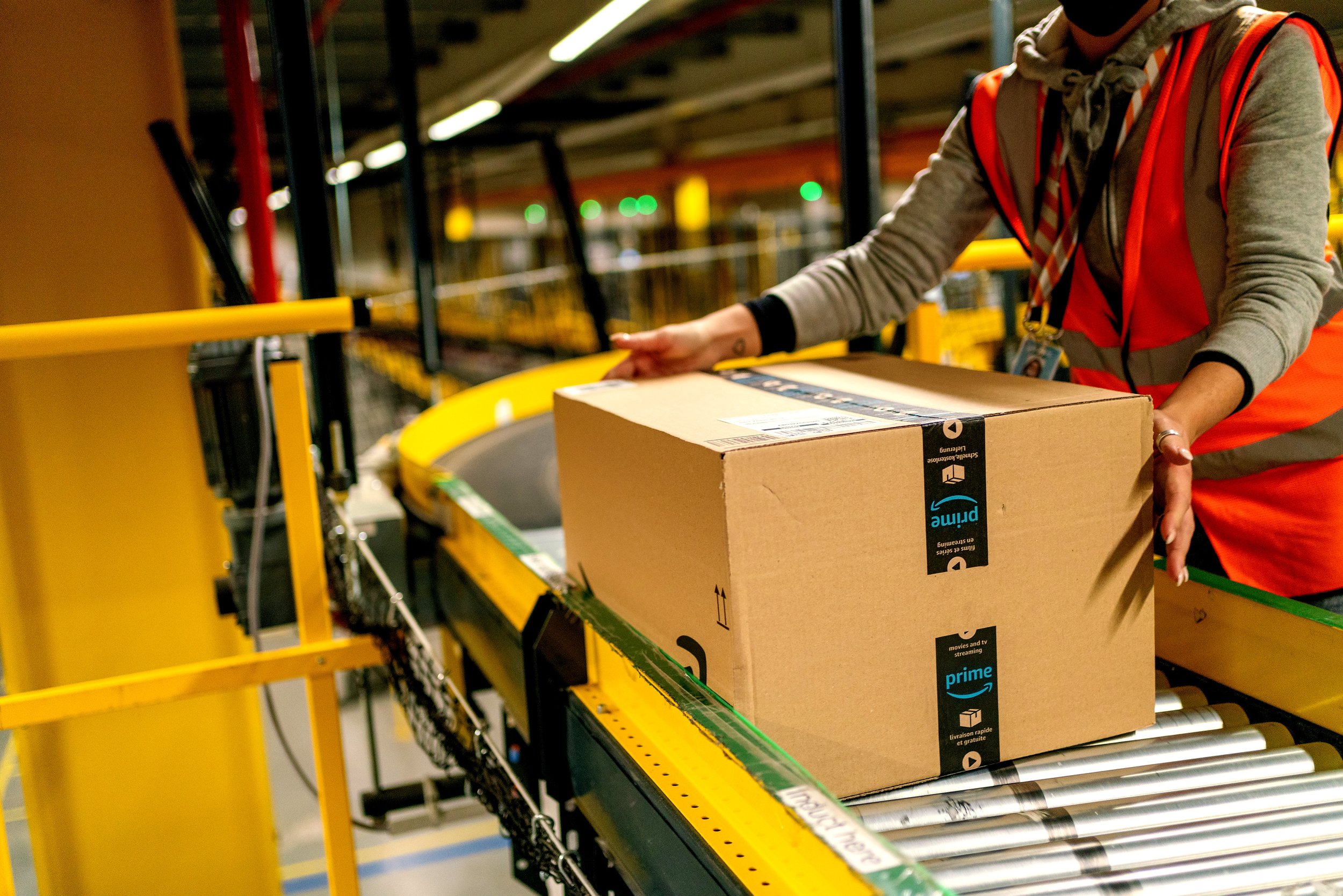Dreams of Flawless Inventory Becomes a Reality
Introduction
In the face of uncertainties impacting the retail industry, understanding supply chains has become crucial for retailers. They need visibility into their supply chains to identify stable and volatile areas and make informed decisions. Predictive demand planning tools have emerged to overcome the complexities of omnichannel retail by accurately predicting demand and ensuring inventory is in the right places.
Barcode
The humble barcode, which recently celebrated its 50th anniversary, has had a significant impact on businesses across various industries. Initially created to address the need for automated product information capture and streamline checkout processes, barcodes revolutionized retail, hospitality, healthcare, logistics, and more. They accelerated transactions, reduced human error, and facilitated efficient tracking of products. Barcodes have become an integral part of everyday life.
Although the barcode, with its familiar black and white "zebra" pattern, may seem like a natural part of everyday life, its development took decades. It was born out of the grocery sector's need to speed up checkout queues and automate product information capture. George J Laurer, an IBM engineer, transformed Joe Woodland's bulls-eye concept into the uniform product code (UPC), now known as the barcode. Today, barcodes are used a staggering 10 billion times per day globally.
Over the years, the barcode has evolved from a simple one-dimensional pattern to two-dimensional and even three-dimensional codes. QR codes and 2D barcodes allow for the storage of more information, while 3D barcodes are engraved into machinery for industrial scanning and machine vision purposes. Many retailers are now transitioning from traditional 1D barcodes to 2D barcodes.
Looking ahead
Barcodes have also evolved over time. While traditional one-dimensional barcodes continue to be widely used, advancements have led to the emergence of two-dimensional barcodes such as QR codes. QR codes can store more information and can be scanned using smartphones, enabling a range of applications like menu scanning, ticketing, and item identification.
Innovations like "Amazon Go" utilize QR codes, artificial intelligence, computer vision, and multiple sensors to create a seamless shopping experience.
Is RFID the New Game-Changer?
RFID takes inventory control to the next level by accurately and efficiently tracking items without the need for line-of-sight scanning. RFID technology has emerged as a powerful tool for inventory control, particularly in scenarios where line-of-sight scanning is not feasible. RFID tags, which have become more affordable over the years, are attached to products or packaging and transmit data via radio frequency signals. RFID enables accurate and efficient tracking of inventory in retail, warehouses, transportation and logistics, and even in healthcare settings for tracking equipment, medication, and patients.
RFID plays a crucial role in achieving supply chain visibility. The cost of RFID tags has significantly decreased, making them a must-have tool for retailers. RFID provides accurate insights into inventory levels and locations, enabling smooth operations. It also helps retailers decide whether to ship from a store or warehouse based on stock availability, reducing costs and optimizing last-mile delivery.
RFID goes beyond supply chain visibility and offers benefits like accurate inventory counts, improved in-store item retrieval, and effective loss prevention. To realize the full potential of supply chain visibility, retailers need to restructure their organizations, gain buy-in from stakeholders, and effectively use the insights provided by the system.
RFID tags provide real-time visibility into inventory levels, allowing retailers to know exactly how much stock they have and where it is located. This information is crucial for optimizing operations, such as deciding whether to ship from a store or a warehouse based on stock availability. RFID tags also enable retailers to streamline processes and reduce manual labor associated with inventory management.
Turning Visibility into Actionable Insights
Visibility alone is not sufficient; artificial intelligence (AI) is necessary to turn information into actionable insights. AI-powered software can process vast amounts of data involved in inventory visibility and provide retailers with efficient and effective actions. AI enhances demand planning and optimizes inventory levels, leading to better decision-making.
AI plays a crucial role in leveraging the data collected from barcodes and RFID tags to generate actionable insights. With the complexity of modern supply chains, AI-powered tools are necessary to analyze large volumes of data and provide retailers with accurate demand forecasts, inventory optimization strategies, and other operational recommendations. AI can help retailers understand patterns, identify trends, and make informed decisions to ensure the right products are available at the right time and in the right locations.
Combining Technologies with AI
The integration of all these technologies offers numerous benefits for achieving perfect inventory control. By leveraging predictive demand planning, retailers can overcome supply chain complexities and ensure that inventory is placed in the right locations. RFID enhances visibility by providing accurate and up-to-date information about inventory levels and locations, enabling efficient decision-making. AI-powered tools further optimize operations by analyzing data and turning insights into actionable strategies.
Achieving perfect inventory control goes beyond technology implementation. It requires organizations to integrate these systems holistically, gain buy-in from stakeholders, and align their operating models with the insights provided by these technologies. The success of inventory control systems depends on the retailer's ability to effectively utilize the information provided and make decisions based on a single source of truth.
In conclusion, by combining barcodes, RFID, and AI, retailers can achieve perfect inventory control. These technologies provide real-time visibility, accurate tracking, and actionable insights, ultimately leading to efficient operations, improved customer satisfaction, and increased profitability. As technology continues to advance, the value of inventory control systems will only increase, reshaping the future of retail and other industries through lines, squares, and radio frequencies. Ultimately, the success of inventory control systems depends on the users—retailers. Integration of these systems, stakeholder involvement, and decision-making based on accurate information are crucial for reaping the benefits of barcodes, RFID, and AI in achieving the dream of flawless inventory optimization.








